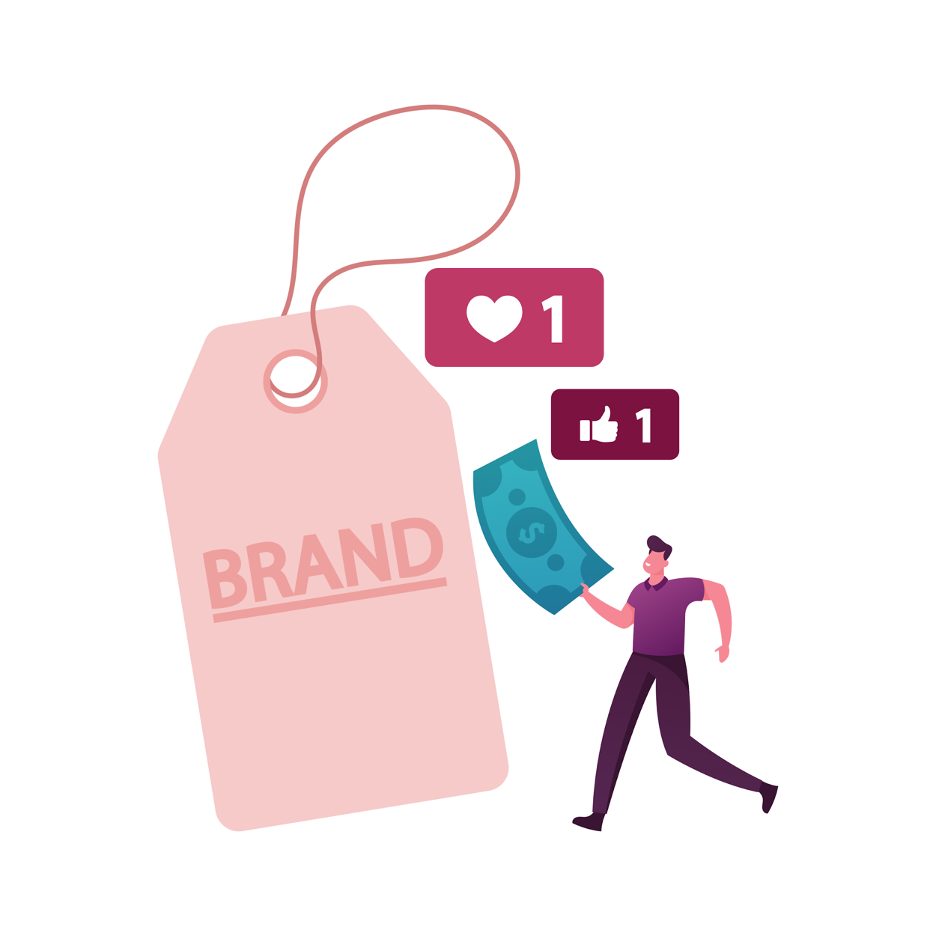Digital Media
5 Elements Of An Engaging Website
A brand website is one of the most essential, yet complicated components to any company’s sales and marketing strategy. It is essential because today’s consumer expects every brand to have their own website. This is especially true for a company that generates revenue by selling products on-line directly to customers. Your target audience has certain expectations when they land on your site, and you want to ensure that you have set yourself apart from your competitors.

2020-08-31
A brand website is one of the most essential, yet complicated components to any company’s sales and marketing strategy. It is essential because today’s consumer expects every brand to have their own website. This is especially true for a company that generates revenue by selling products on-line directly to customers. Your target audience has certain expectations when they land on your site, and you want to ensure that you have set yourself apart from your competitors.
The reason building and launching a website can be complicated is because of the various layout templates, and hosting options that are available. The price to create a website can literally range from $1 - $10,000 depending on what you are looking for. It's easy to get overwhelmed trying to include all the latest plug-ins and follow every single SEO tip and trick you read on the internet.
Today’s post is going to cover the five foundational elements of an engaging website. While this post will deliver valuable insights, it is important you conduct your own research as well. You need to understand what customers in your industry and niche need in your website. You can visit similar companies for inspiration. However, you want your site to have a unique look and flow to it and not copy a close competitor.
#1 - Fast Loading Times
Today’s consumers want everything done quickly. If your website takes more than 2 seconds to load, they will leave for another site. Before launching a new page, it is critical you test it’s loading speed on multiple browsers including Google Chrome, Firefox, and Safari. This includes testing it on mobile as well. Fast loading times will also help with your SEO ranking on Google.
The biggest culprit of slowly loading pages are oversized images. If you are creating your site yourself, it’s important to understand that image size matters. Ideally, you want your image size to be around 1500 by 2500 pixels. This may vary based on what platform you are using, so be sure to consult their FAQ section if you run into a problem. Another culprit could be if you are trying to use Adobe Flash on your site. If these two fixes do not work, you can consult the rest of this list produced by EuroVPS blog.
#2 - User Friendly Menu
Once a consumer lands on your fast website, they normally know what they are looking for. Therefore, they will have little patience for a menu that is not user friendly. If they get frustrated or overwhelmed by clicking on pages that are irrelevant to their search, they will move on. Think of your map as one of those directional signs at the highway. If something is unclear, the drive goes in the wrong direction. In this example, the “driver” is your customer and if you get them lost, they probably aren’t coming back.
All of your company information should be under one tab. This includes About Us, mission and vision statements, information about the team, and company history. The most important tab is the one that lists out your products and services. This should be broken out, so each section shows as few products as possible. Ideally, your customer clicks the drop-down, sees the option they want and arrives on a page with only what they are looking for. Lastly, you want to include a contact page for customers to submit questions.
#3 - Accurate Product Descriptions and Images
No matter how popular on-line shopping gets, people will always remember what it was like to actually hold the item they were about to purchase. It is important to remember that you are asking the consumer to buy something from you they have not seen or touched. On some level, you are asking them to trust you. This may seem extreme considering how frequently today’s customers shop on-line, but there is a level of truth to it. You can ease this concern and gain their trust by providing accurate descriptions and images for your products and services.
Put yourself in the shoes of the consumer. What would you want to know before buying your product? What are the benefits? What makes it unique? What problem is your product going to solve? If there is something they should know about the products but can’t see in the images, be sure to point that out. As far as the images are concerned, make sure they are high quality and exactly match the item you will be shipping out. If you are selling a package of several items, be sure to include a close-up image of each item individually.
#4 - Seamless Purchasing Experience
Thanks to Amazon, your audience is going to expect a seamless buying experience. This starts with finding their desired products quickly and is followed by a smooth purchasing process. This is due partly because some consumers are still concerned about sharing their private information, including credit card numbers and billing address on the internet. It is up to you to provide a safe and easy process for them to follow.
Ideally, you want to keep your customer on your site throughout the entire process. Try not to send them to a third party vendor if you can avoid it. If you are just starting out, you may be forced to use a platform such as Gumroad. If this is the case, be sure you are sending your customer to the correct product page. This page must have your logo, product picture, identical description to your website, and the correct price listed. Either way, be sure to have your system set up to send a receipt and confirmation number straight to your customer’s e-mail.
#5 - Your Story and History
It’s been proven that if a customer can relate or enjoy a brand’s story and history, they are more likely to purchase from them. They want to know who they are buying from and how you got there. It’s important to consumers that they support brands that are responsible and reputable. While your website may be primarily there to sell products, you will also want to include a page that tells the visitor who you are and your company’s history.
Conclusion
Your brand website is an introduction to thousands of customers you have never met. It is important that you present a professional and impressive first impression. This is done by offering an engaging, fast, and user friendly website for your customers to use. By following these guidelines, your website will become a crucial part of your marketing and sales strategies moving forward.
Let’s Talk
Ready to launch an engaging, user friendly website of your own? Send us a note at contact@360gatewaybrands.com to set up your FREE introductory call today!




